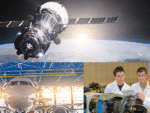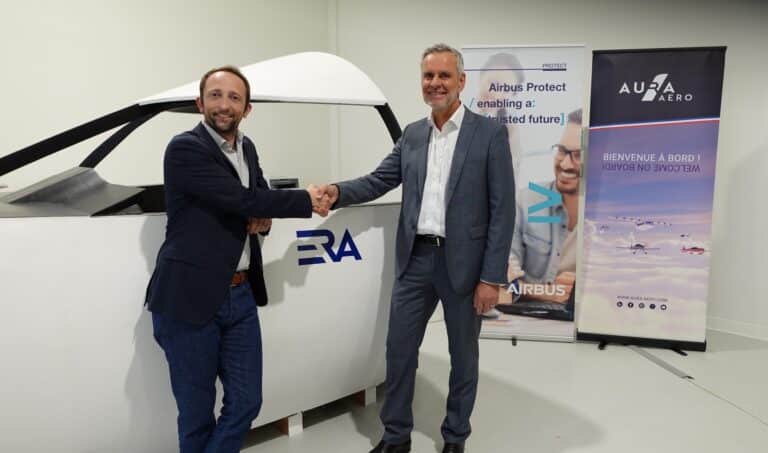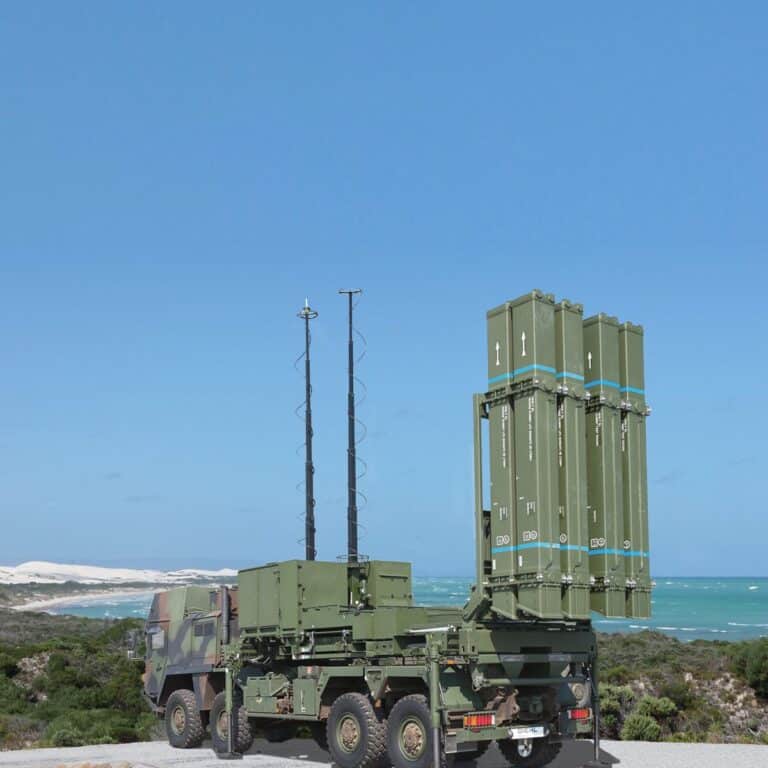The profession of test pilot is captivating and demanding. Combining a passion for aeronautics with scientific rigor, it attracts numerous candidates wishing to contribute to aviation innovation. This path, although exciting, requires meticulous preparation and specific skills. The hours can be irregular and the responsibilities colossal, but the adrenaline of flying and the challenge of tests are powerful motivators.
In the field of aviation, test pilots play a crucial role in evaluating the performance and safety of new aircraft. This role requires them to juggle advanced piloting techniques with the ability to understand the mechanical and electronic systems of airplanes. Candidates interested in this path must not only love flying but also have a solid background in engineering or aviation. The importance of enhanced skills highlights the necessity of dedicated training, often provided within specialized institutions like the École du Personnel Navigant d’Essai et de Réception (EPNER).
Table des matières
ToggleThe training necessary to become a test pilot
Before aspiring to the title of test pilot, several steps must be taken. First, one must obtain a professional pilot’s license, a qualification that involves rigorous training and accumulated flight hours. This diploma is essential to taking the command seat of a modern aircraft.
Next, a higher education background is often required, with a degree in aeronautical engineering or a related field. Indeed, technical skills are just as crucial as piloting skills. Candidates with a Master’s degree in engineering are often the best positioned to succeed. Knowledge of fluid dynamics, solid mechanics, and embedded systems is paramount for understanding the operation of the airplanes they will test.
After obtaining these preliminary degrees, future test pilots join specialized training programs. The EPNER, for example, offers in-depth training on various types of tests and how to manage emergency scenarios. Pilot trainees also learn how to write detailed test reports, an essential skill when working on prototypes that have not yet been commercialized.
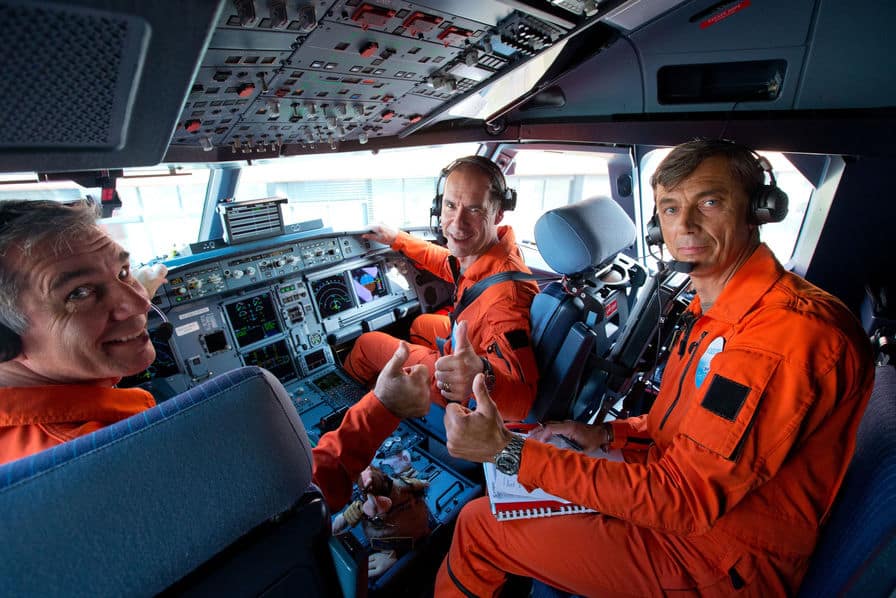
The application and selection process
Once the basic qualifications are in hand, the candidate must go through a rigorous selection process. Physical aptitude tests, interviews, and psychological evaluations assess the candidate’s ability to meet the demands of the job. Recruiters look for candidates with not only technical skills but also a mindset capable of handling stress and uncertainty.
Practical tests on simulators may also be part of the selection process. These trials assess the candidate’s reflexes during complex maneuvers, as well as their ability to react to unexpected situations. The goal is to ensure that each test pilot has the necessary composure to operate in highly critical contexts.
Networking and making oneself known in the field is also a considerable asset. Participating in air shows, joining professional forums, or doing internships within aerospace companies can help make a difference during applications.
Practical experience: the heart of training
Learning through experience is an essential phase to becoming a test pilot. After completing their theoretical and practical training, young pilots often spend hundreds of hours in the air piloting specific aircraft, typically progressing through intermediate roles.
These flight hours will allow pilots to gain familiarity with the behavior of aircraft and understand how each technical change can influence performance. Flight skills are sometimes even tested under extreme conditions to ensure that the pilot can handle all possible scenarios.
Some pilots choose to specialize in a specific type of aircraft, whether it be fighter jets, commercial planes, or helicopters. Each type of vehicle has its unique challenges and requires adequate training to face those challenges.
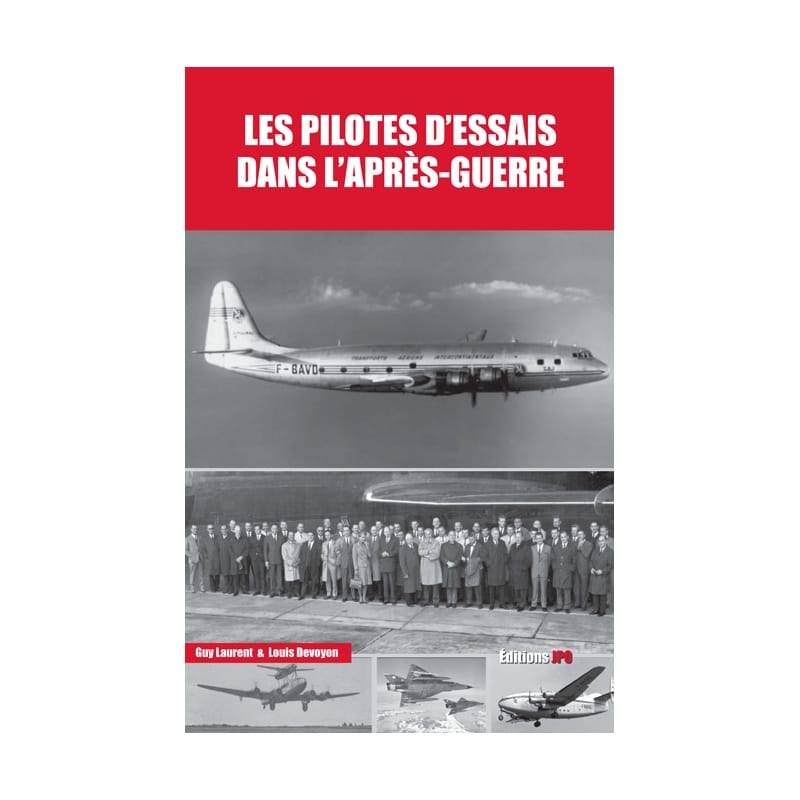
Essential skills of a test pilot
Like any demanding profession, becoming a test pilot requires a set of specific skills that go far beyond basic piloting abilities. Key skills include a deep understanding of aircraft systems, the ability to analyze flight performance data, and the aptitude to communicate effectively with engineering teams.
It is crucial to familiarize oneself with aviation safety standards and to be able to work closely with diverse teams, ranging from designers to technicians. The objective of a test pilot goes beyond simply flying; it is about providing valuable feedback that can influence future aircraft designs.
The ability to write clear and concise reports on flight performance is also a crucial skill. These reports enable development teams to understand what needs improvement and how each change affects the overall behavior of the aircraft.
Career prospects for test pilots
Holding the title of test pilot opens the door to a wide range of career opportunities. Test pilots can advance to responsible positions in aircraft development or engineering departments. Often, these pilots also become trainers, passing on their expertise to the next generations of pilots.
As they gain experience, some test pilots may also be called to work on international projects or collaborative missions between different aerospace agencies. This allows for the exploration of cutting-edge technological innovations in the aviation industry.
Additionally, an increasing number of test pilots are turning to the private sector, where they can work on prototypes of commercial airplanes or business jets. The private aviation sector, with its growing demands for safety and performance, represents a new playground for experienced pilots.
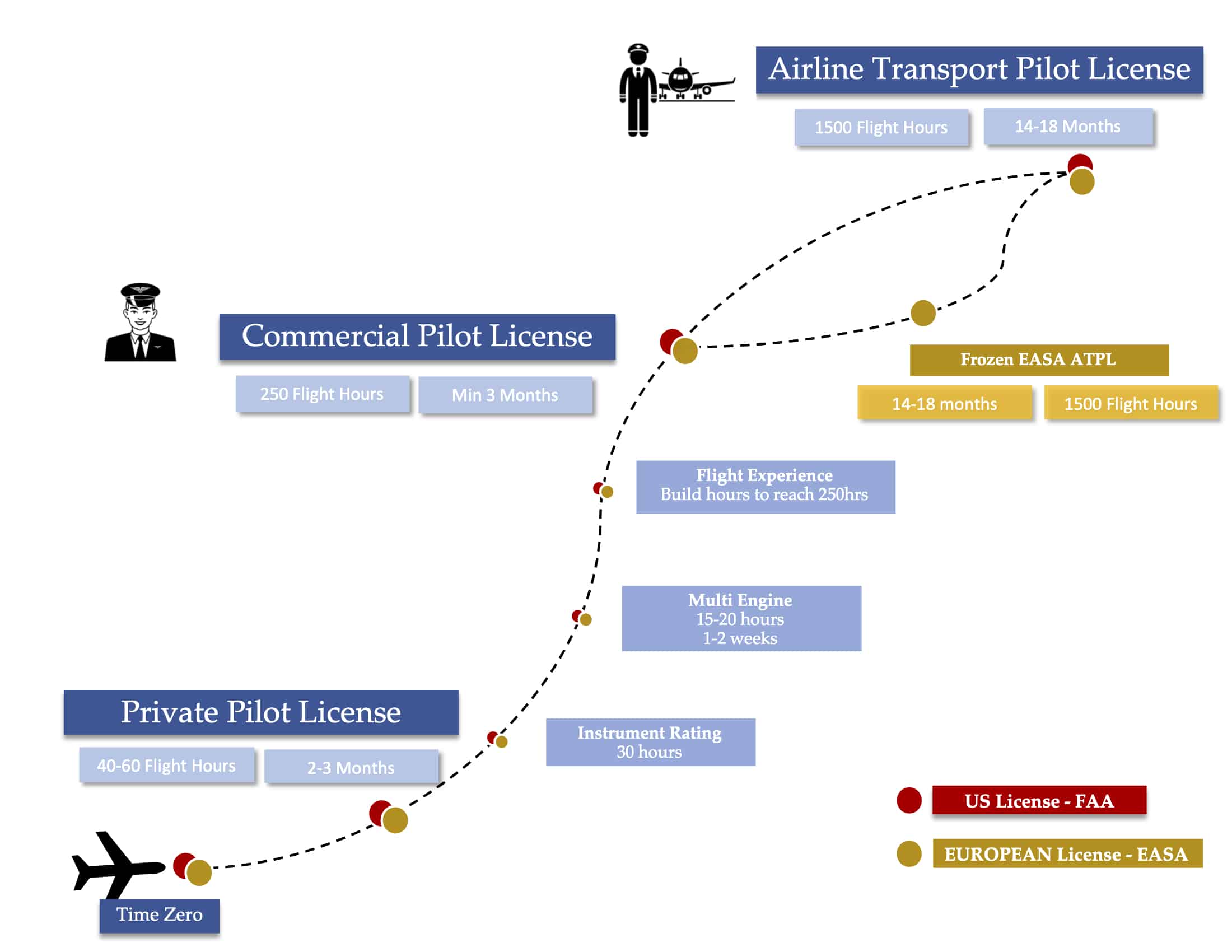
The future of the test pilot profession
The aviation landscape is evolving. With the emergence of drone technology and autonomous systems, the profile of the test pilot is also changing. Increasingly, test pilots must be equipped to evaluate not only piloted vessels but also these new autonomous systems.
Defense and commercial aviation, even in the race for sustainable innovation, need pilots capable of navigating these changing environments. This opens the door to new areas of expertise, such as the integration of driver assistance systems, artificial intelligence, and cybersecurity in aviation.
Continuing education is therefore necessary to adapt to these new expectations. Future test pilots will need not only piloting skills but also skills in emerging technologies to make the most of the systems of tomorrow.
It is undeniable that the profession of test pilot requires dedication and a passion for aviation. For those wishing to embark on this adventure, it is essential to combine rigorous training and practice while keeping an open mind to the innovations shaping the aerospace industry. The challenge is great, but the rewards, both personally and professionally, are worth it.









